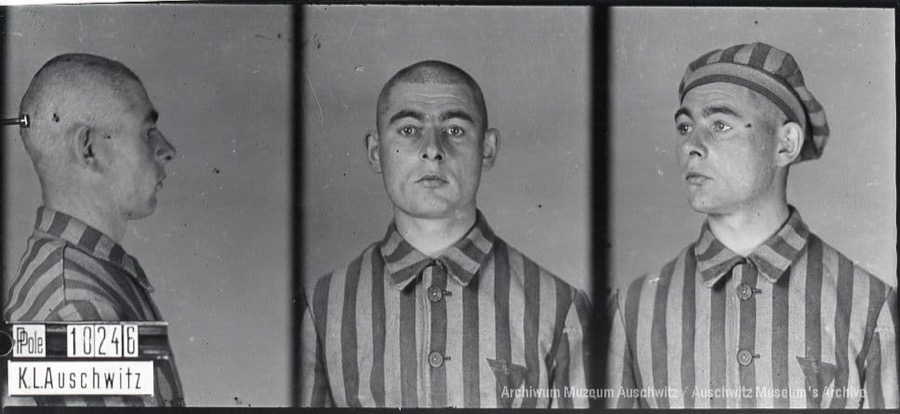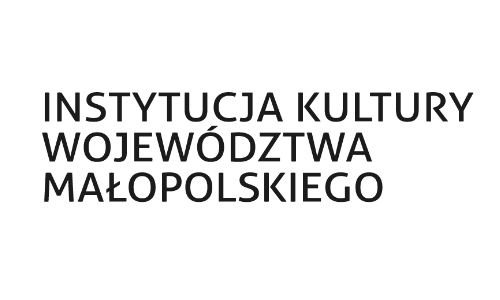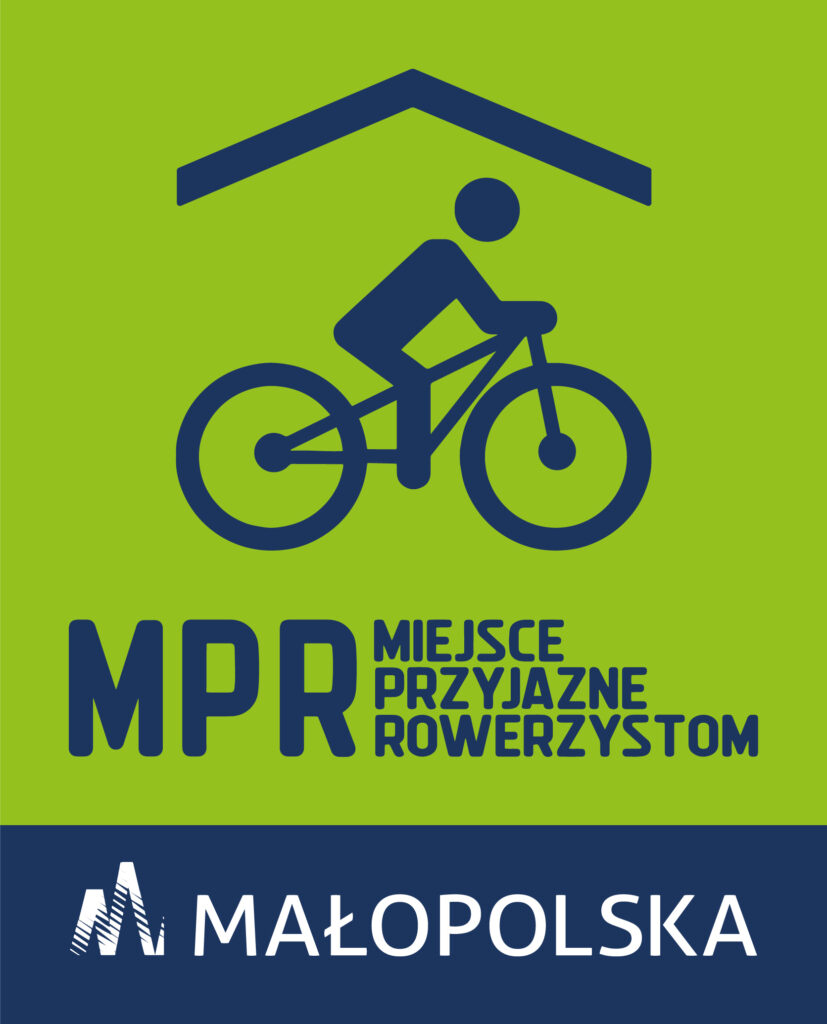Portrait of Auschwitz prisoner Wilhelm Gawliczek from 1944 by Auschwitz prisoner Mieczysław Koscielniak was donated to the museum by Malgorzata Boroń, daughter of Helena Datoń (married name Szpak). Helena received it from Wilhelm as a token of gratitude for the aid rendered to him and other prisoners.
Helena Datoń was 17 years old when World War II broke out. She was born and lived in Chrzanów. Because she was in danger of being deported to forced labour in Germany, she accepted an offer by her friend Wanda Sztwiertnia to work in the mine canteen in Brzeszcze. There she met Edward Hałoń, a.k.a. “Boruta,” the head of the camp’s PPS underground organization, who drew her into conspiratorial activity. It was he who later told Helena that there was a vacant position in “Haus 7” near Auschwitz. She knew German, so she got a job in the canteen, where she served SS men and their families.
Giving testimony in 1984, this is how she recalled those days:
“In “Haus 7,” on the first floor of this building, there was an SS store and canteen. On the first floor were the offices of the SS canteen where the prisoners worked, doing accounting, settling ration cards, food points, etc. Goods were delivered to the canteen by prisoners working in various warehouses: the bakery, the dairy and the slaughterhouse; it was also frequented by prisoners taking goods to the SS men. So, it was a very busy spot, and I soon understood why Haloń had insisted on placing me in this facility,” she recounted during a conversation with Dorota Dyba, daughter of Danuta’s younger sister.
Helena was a beautiful woman, and she also interacted easily with people. As she herself admitted, she looked innocent and naive at the time, which is why the prisoners thought she would be the last person the Germans might suspect of contacts with the underground. She adopted the pseudonym “Lech.” Thanks to the documents in her possession, she was able to move freely around the camp zone. She also travelled every day to work from Chrzanów. She took secret messages from prisoners to Brzeszcze and passed them on to the conspirators: Edward Hałoń, Władysław Pytlik and Bronisława Dłuciak. She also carried them to Chrzanów. Coming back, she brought secret messages to prisoners, medicine and food. The information she passed on about the crimes of the Germans in the camp made its way to London and was reported on BBC radio.
“She was the main liaison between the camp and the public in Chrzanów and Oświęcim. Today it is difficult to even imagine what a brave girl she was. She contributed a great deal and put herself at great risk” said Helena’s sister Danuta Dyba in a November 2022 report submitted to the Remembrance Museum. “When she brought the secret messages from Oświęcim, she would leave them at home. Mom would take me, a little girl, by the hand, and in the evening, we would go to Mr. and Mrs. Kieres. We would bring the messages that were to go further on to other couriers in Krakow. I had a double lining in my coat. Mrs. Kieres would unpick the lining, pull out the secret messages, take them out, give Helena was she was to take to Oświęcim, and then sew them into the coat. In that coat, my mother led me by the hand through Chrzanów.”
Helena was very careful, but she still began to arouse the suspicions of the Germans. She was constantly subject to checking. Danuta Dyba also remembers the occupying forces’ frequent searches of her home in Chrzanów.
Wilhelm (Wincenty) Gawliczek was born in Raciborz in 1912 (in a statement to the Auschwitz-Birkenau State Museum in 1969, he gave Bottrop in Westphalia). He was sent to Auschwitz on February 11, 1941. He was given the number 10,246 and worked in the same canteen as Helena Datoń. He became heavily emotionally involved and in surviving letters openly professed his love for Helena. His love was not reciprocated.
His portrait was painted by Mieczysław Koscielniak, a painter and illustrator. He was also born in 1912 in Kalisz. After being arrested in 1941, he was sent to Auschwitz concentration camp. He had the number 15 261, and while in camp he secretly produced some 300 works documenting the daily lives of prisoners. He also painted a portrait of Wilhelm, which went to Helena Datoń. The inscription on the painting reads: “For your friendship. Wilek,” as well as the year 1944 and the author’s initials MK.
Wilhelm Gawliczek and Mieczysław Koscielniak survived the camp.
The priceless gift from Małgorzata Boroń will find a worthy place in the permanent exhibition of the Remembrance Museum.
*****
On June 15, at its headquarters on Kolbego Street 2A in Oświęcim, the Remembrance Museum is organizing a meeting dedicated to the extraordinary story of Helena Datoń. Helena’s younger sister Danuta Dyba of Krzeszowice and daughter Małgorzata Boroń of Chrzanów will talk about her. The meeting will begin at 11 am.
Those interested in attending in person, please confirm your participation by June 12 Tel: 33 447 40 84, e-mail: biuro@muzeumpamieci.pl
Free admission. The event will be followed live during the webcast.










